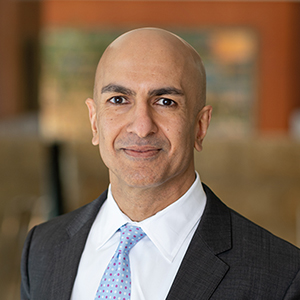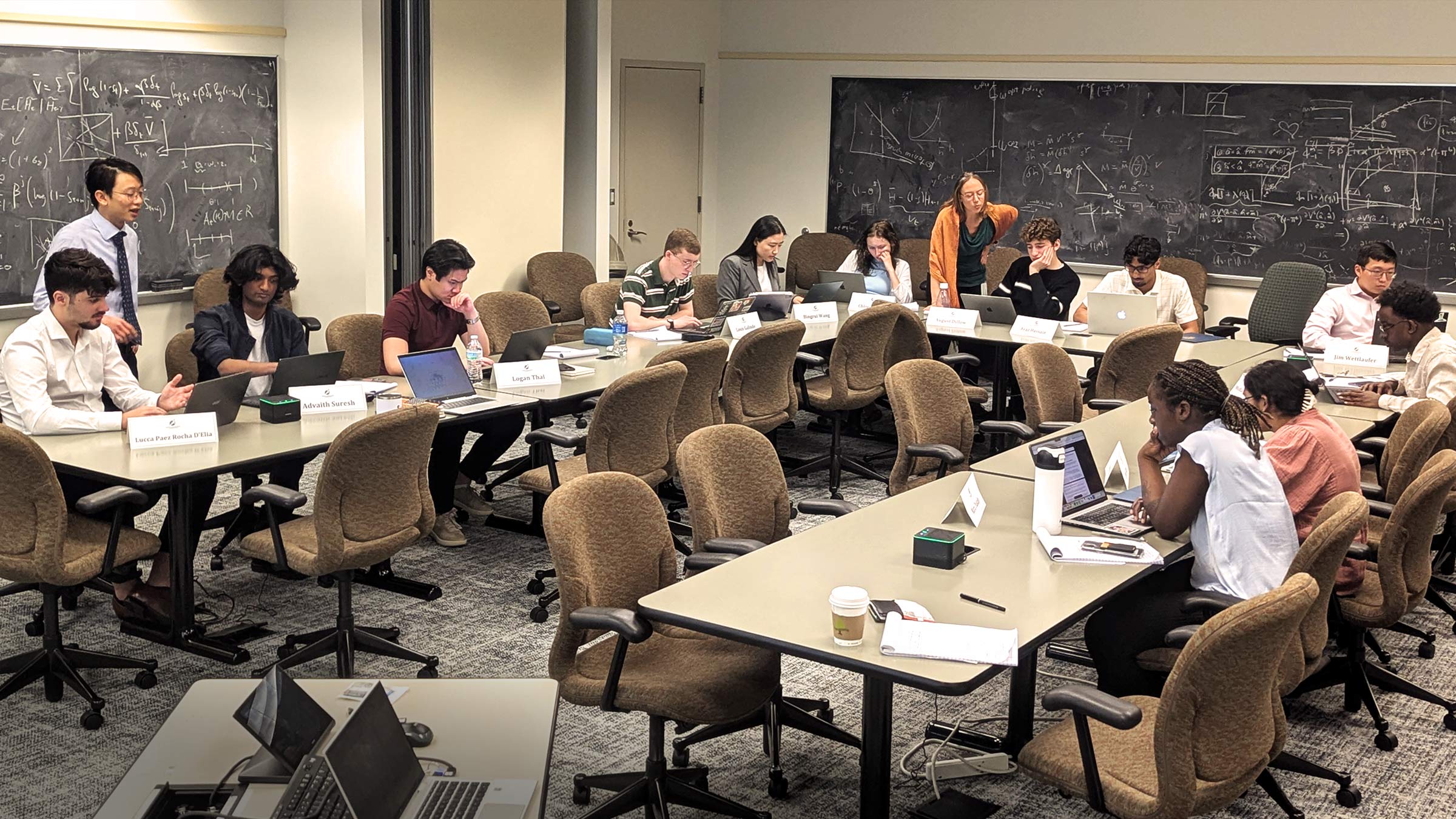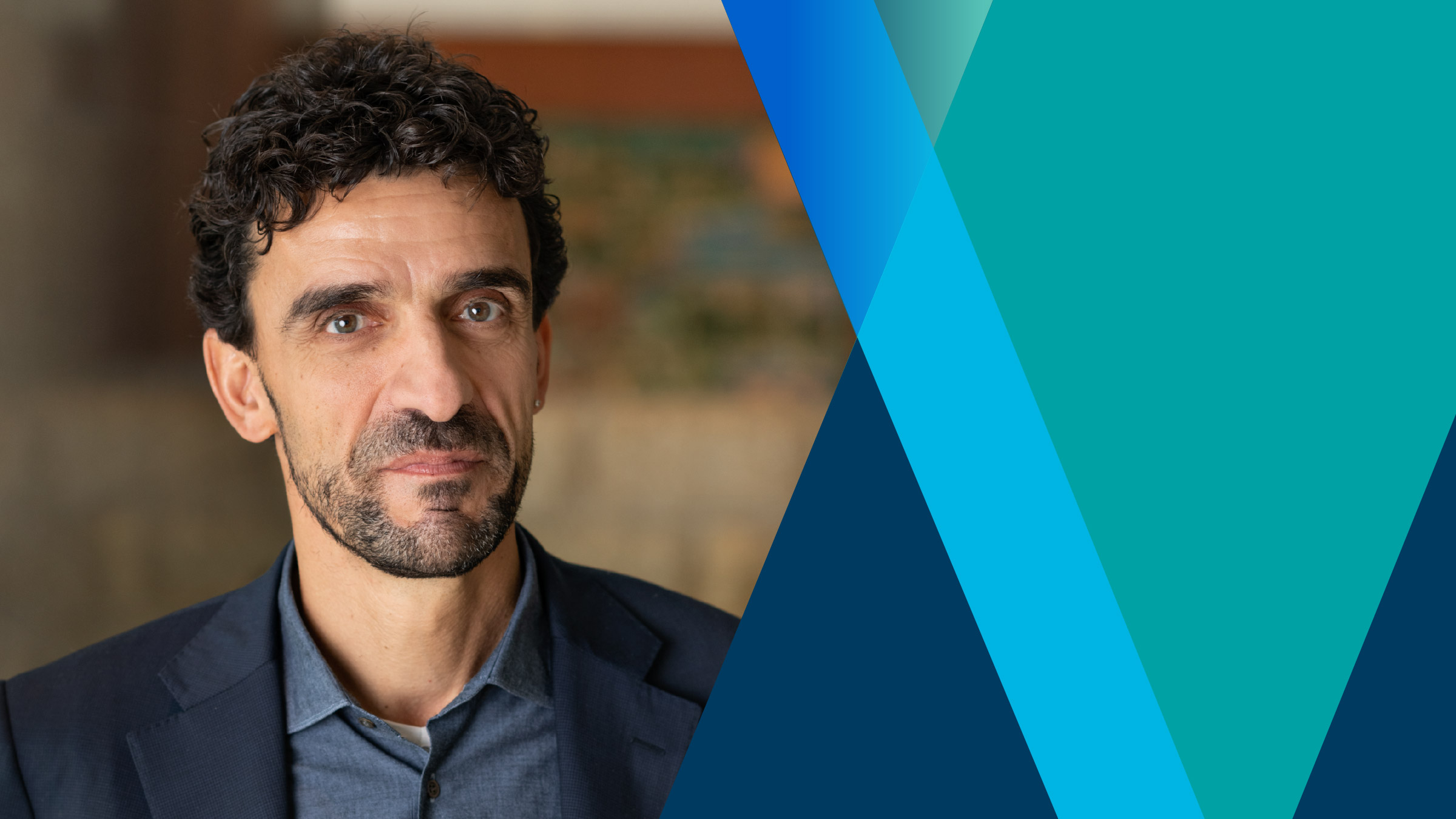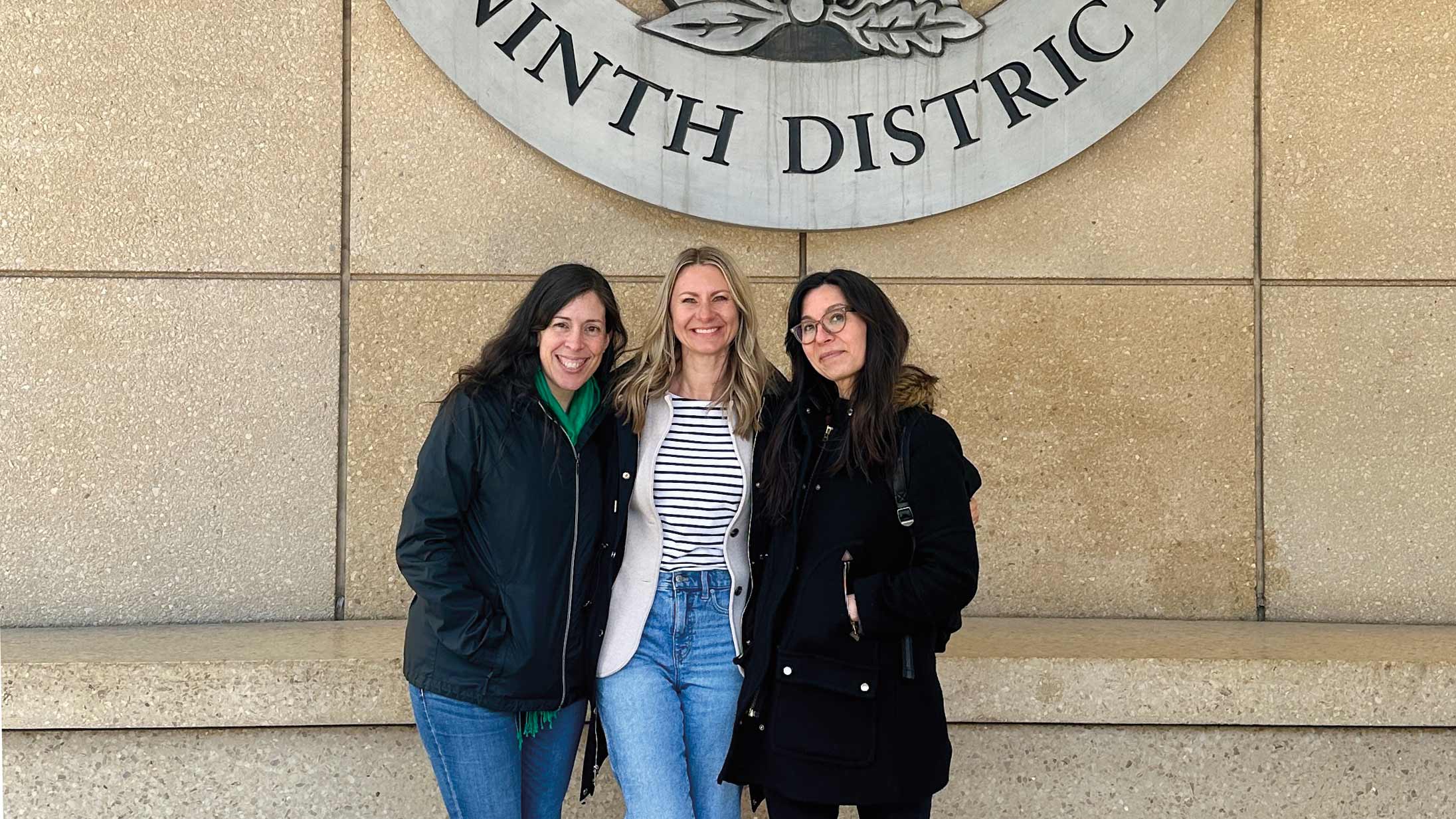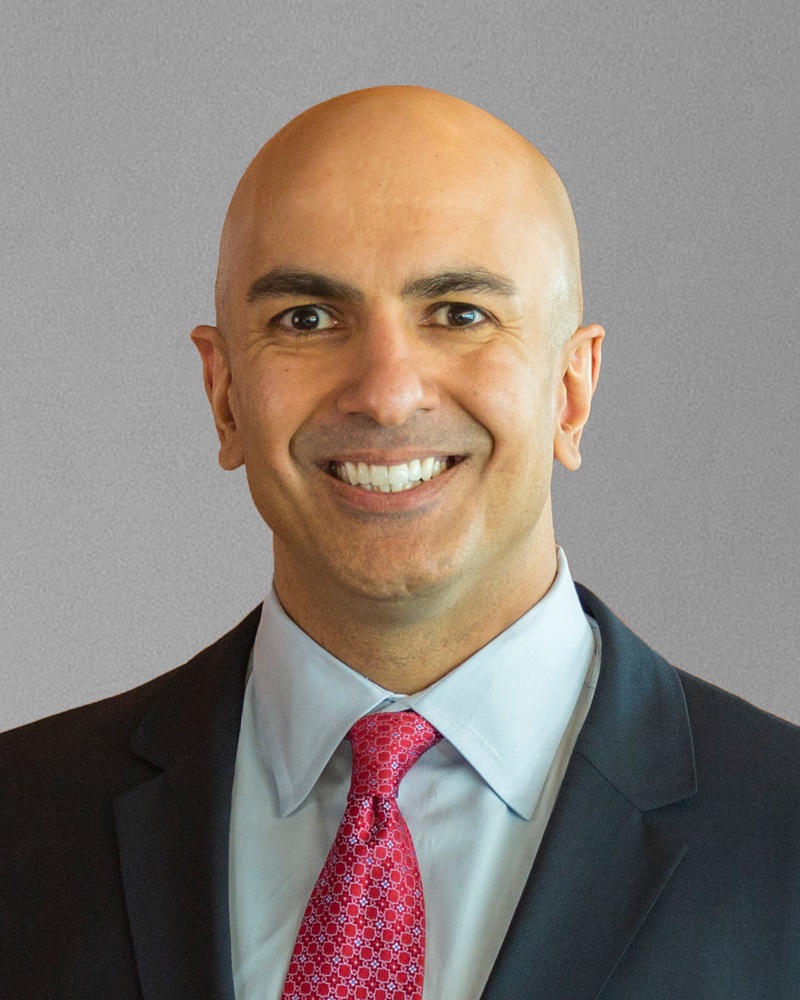
I joined the Minneapolis Fed a year ago with great optimism and high expectations. I’m pleased to say that my optimism was entirely warranted and my expectations were richly exceeded. In this brief message, I’d like to highlight some of our successes this year as well as challenges that lie ahead.
My first assignment from the board of directors was to work with senior managers to develop a strategic plan for the Bank. We did so quickly, and its major focus is thought leadership. What does that mean? Basically, it means finding opportunities for the Minneapolis Fed to take the lead on important issues—concerns that have national importance and to which we feel we can make a meaningful and unique contribution.
We realized that the Minneapolis Fed could do so in several areas, including policy issues such as too-big-to-fail (TBTF) banks; operational issues like staff diversity, inclusion, and transparency; and communication issues, including outreach to our constituents and elected leaders. We’ve made substantial progress in each of these areas, yet we know we have more to do.
Policy matters
Key among the policy issues is monetary policy. Our staff economists work extremely hard to analyze economic trends at the international, national, and local levels. Their research guides me when I meet with the Federal Open Market Committee eight times per year. I’ve been incredibly impressed by their expertise and dedication to this task.
I also worked with our economists to identify the top economic challenges facing the country, and those on which the Minneapolis Fed could provide vital leadership. After thoughtful discussions, we decided to focus first on the TBTF problem, on which the Minneapolis Fed has pioneered research since the late 1970s. We held four Ending TBTF symposiums in 2016 with many of the world’s top experts, shared our process and progress with the broader community, and released our draft proposal last November. Our final plan will be published soon.
I couldn’t be more pleased with what our Bank did in this arena, and I’d be remiss if I didn’t highlight the contributions made by Ron Feldman, then our senior vice president of Supervision and Regulation. A thought leader on TBTF for more than two decades, Ron provided exemplary leadership on this Initiative and is a major factor in its success. I highly recommend the Annual Report’s conversation with Ron in which he reviews the evolution of TBTF research and policy work from its earliest days at the Bank.
In January of this year, we launched the Opportunity and Inclusive Growth Institute. When I first moved here, I was struck by both our district’s economic vitality and the racial and economic disparity in how that vitality is shared. Sadly, our region has some of the worst such disparities in the country, and we really don’t understand why. We’ve created the Institute to conduct and promote cross-disciplinary research to help increase opportunity and inclusion. We’ll be holding the Institute’s first major conference in May 2017, with participation by our board of advisors, comprising some of the nation’s top economists, sociologists, political scientists, and other experts, to take first steps in addressing this crucial issue.
Diversity, inclusion, and transparency
Earlier I mentioned that providing leadership on staff diversity, inclusion, and transparency is a key part of our strategic plan. In April 2016, we published our first Diversity and Inclusion strategic plan, and we’ve just revised our core value statement to ensure that it articulates and aligns with our belief that diversity and inclusion are central to our success.
But leadership is more than words, of course, and we’ve also strengthened our practices and policies to ensure a work environment that is consistent with our core values. For example, we’ve (1) established a Women of Color affinity group to provide a forum for leaders within the bank to share experiences and offer suggestions to senior management, (2) restructured our interview processes to include diversity of interviewers and interviewees, and (3) launched a 360 degree feedback process for all managers and supervisors that allows all staff to safely provide honest feedback about their managers and co-workers so that we can all continue to improve our performance.
Outreach
I also noted that outreach is a central part of our strategic plan, and I’ve been delighted to visit each of our district’s states this past year to meet with community, business, and political leaders and hold town halls with the area’s citizens.
I’ve also made an effort to engage and communicate directly and openly, using social media and traditional platforms—all in an effort to share our positions as widely as possible and maintain the transparency that is so important to the Fed.
My colleagues
In closing, I want to mention how much I’ve appreciated the invaluable contributions of my colleagues at the Minneapolis Fed. I’ve often said that we have a thousand ambassadors working here, each of whom can represent our Bank and provide leadership in our communities. The more our communities can get to know our excellent employees, the stronger the relationship our Bank will have with the people we are charged with representing.
Among the challenges we face as we move forward is the departure of key leaders, including the retirement of First Vice President Jim Lyon. Jim has been at the Minneapolis Fed for 41 years, 17 as first vice president, and he has made crucial contributions in all areas. We often talk about institutional history; in many ways, Jim is the personification of our institutional history. His loss will be widely shared and deeply felt, not only by all of us here at the Bank, but throughout the Federal Reserve System.
Fortunately, after an extensive search process and interviews with extremely talented and diverse candidates, we’ve been able to hire an exceptionally qualified new first vice president in Ron Feldman. And our new Research director, Mark Wright, is starting in May, joining us from the Chicago Fed. While they can’t replace those who are leaving, I’m confident they’ll bring great skill and dedication to the work ahead. The best days for the Minneapolis Fed are ahead of us.
My colleagues here at the Minneapolis Fed have faced substantial challenges in 2016 and risen to them all with skill, passion, and integrity. It’s been a hugely rewarding first year and leaves me energized for the future.

